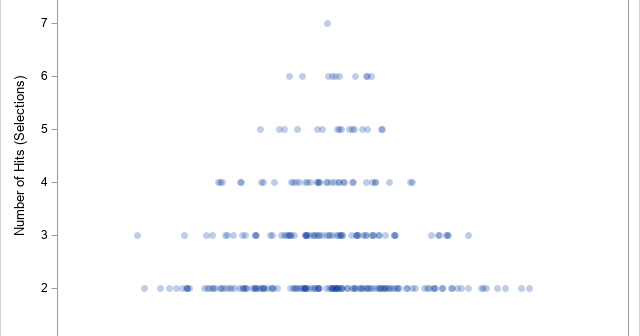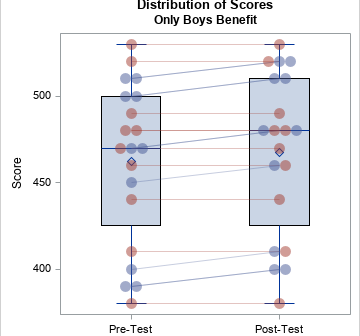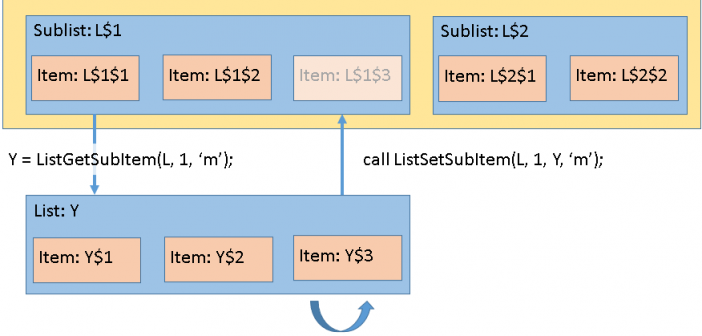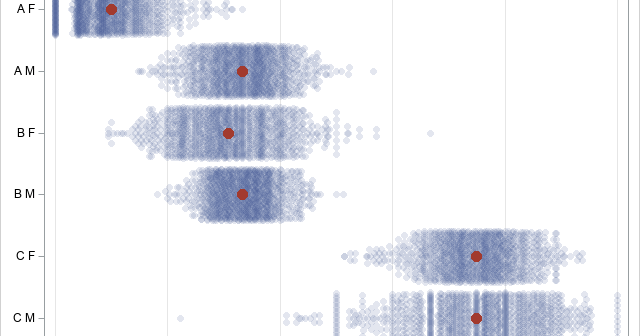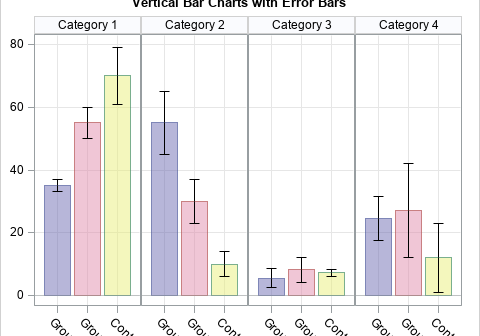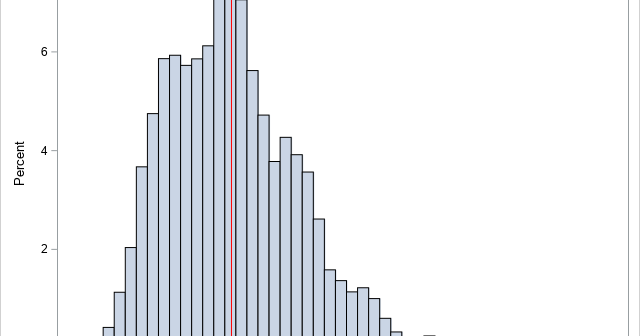
In a matrix-vector language such as SAS/IML, it is useful to always remember that the fundamental objects are matrices and that all operations are designed to work on matrices. (And vectors, which are matrices that have only one row or one column.) By using matrix operations, you can often eliminate


